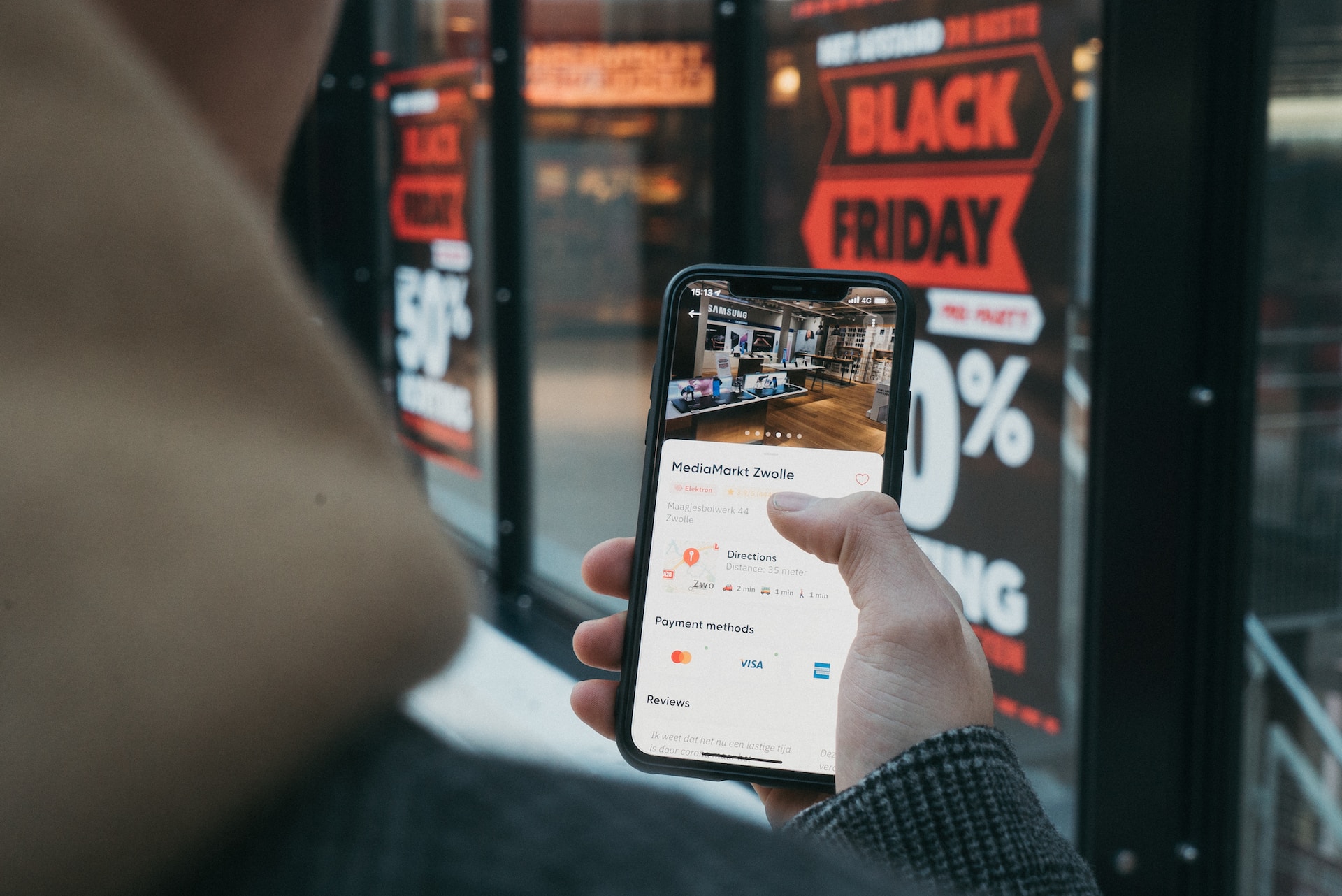The success of international eCommerce projects can be significantly influenced by social media and influencer marketing. Businesses can successfully engage with foreign clients and boost sales in new regions by selecting the appropriate platforms, localizing content, working with regional influencers, and utilizing social commerce capabilities. These efforts can be strengthened by routinely tracking and evaluating performance measures, which will guarantee long-term success in the cutthroat world of international eCommerce.
Choose the Right Social Media Platforms
Various social media platforms are well-liked in various parts of the world. Businesses should analyze the most popular social media sites in their target markets and have a presence on these platforms in order to communicate with international customers effectively. For instance, while Facebook and Instagram may be well-liked in the US, the Chinese market is dominated by WeChat and Weibo.
Localize Your Social Media Content
Localizing your content is essential if you want to reach out to international clients on social media. This can entail modifying your posting schedule to coincide with local time zones, using imagery and references that are culturally appropriate, and translating your content into the native tongue. You can give your global audience a more engaging and authentic experience by localizing your social media content.
Collaborate with Local Influencers
Influencer marketing has shown to be a very successful strategy for attracting new clients and increasing brand recognition. Collaborating with local influencers can aid firms in establishing trust and exposure with their target market when entering new areas. Find influencers who are well-known in your target market, adhere to your brand's tenets, and have a loyal following. Work together to advertise your products and increase traffic to your eCommerce business by collaborating on sponsored content, product reviews, or giveaways.
Encourage User-Generated Content
User-generated content (UGC), such as testimonials, images, and videos, can be a potent tool for establishing credibility and trust with global clients. Encourage your customers to post on social media about their interactions with your products, and then highlight this information on your own channels. This can promote social proof, show off your goods in actual environments, and strengthen consumer relationships.
Utilize Social Commerce Features
Nowadays, a lot of social media sites have social commerce capabilities that let companies sell things right from their social media profiles. You may give your foreign clients a seamless and convenient purchase experience by including social commerce into your cross-border eCommerce strategy. To suit the tastes of your target market, localize your product listings, pricing, and shipping options.
Monitor and Analyze Performance Metrics
Analyzing performance indicators is crucial for maximizing your social media and influencer marketing activities. To determine which content and influencer collaborations are most successful in boosting sales and raising brand recognition, keep an eye on KPIs like reach, engagement, conversion rates, and return on investment (ROI). Make data-driven decisions and plan adjustments based on these findings to increase your cross-border eCommerce success.
Related Information









































